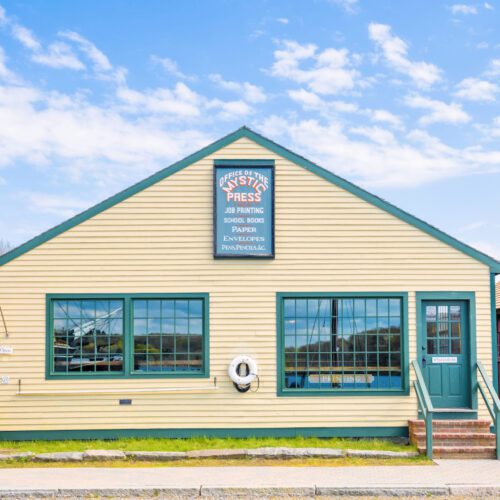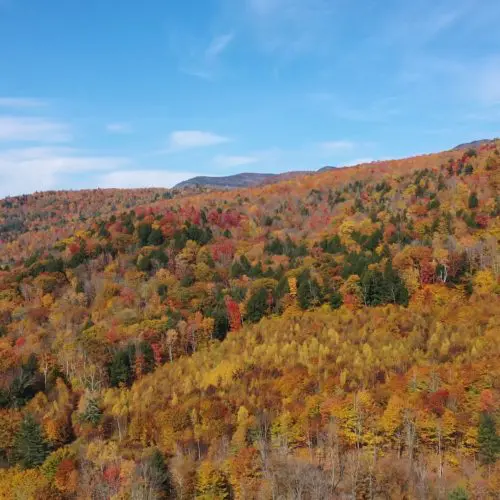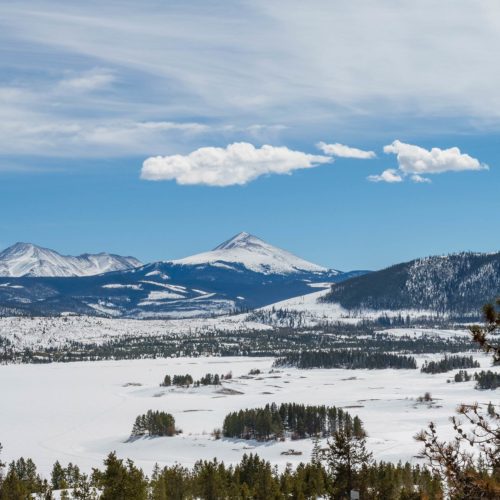It’s no mystery why Vienna is voted the most livable city in the world. There is a charm about this city that is undeniable. Best known for its imperial architecture, world renown museums, and a long lasting tradition of musical arts, Vienna has something for everyone. Our only regret is not staying longer.
AWA Adventure guides See All

Switzerland
With our friends at Switzerland Tourism, we encountered hidden gems and magical landscapes in the Land of Milk and Honey.

The Seventh Continent
All aboard! We embark from the end of the world aboard the MS Roald Amundsen on a (shivery) trip of a lifetime!

Mystic, Connecticut
Apparently this town was in a movie? Can’t quite put our finger on it, but we think it had something to do with Julia Roberts bussing tables.

A Curious Scottish Excursion
Over a century ago, Phileas Fogg circumnavigated the globe over 80 trips around the sun. Taking a page out of his whimsical legacy, we found ourselves on a similarly audacious adventure—in Scotland.

An Off-centered Vermont Road Trip
Join AWA and our off-centered friends over at Dogfish Head for an even more off-centered adventure in the Green Mountain State!

A Rocky Mountain Road Trip
From the western metropolis of Denver to the surrounding Rocky Mountains, there’s something for everyone in the heart of Colorado.
























